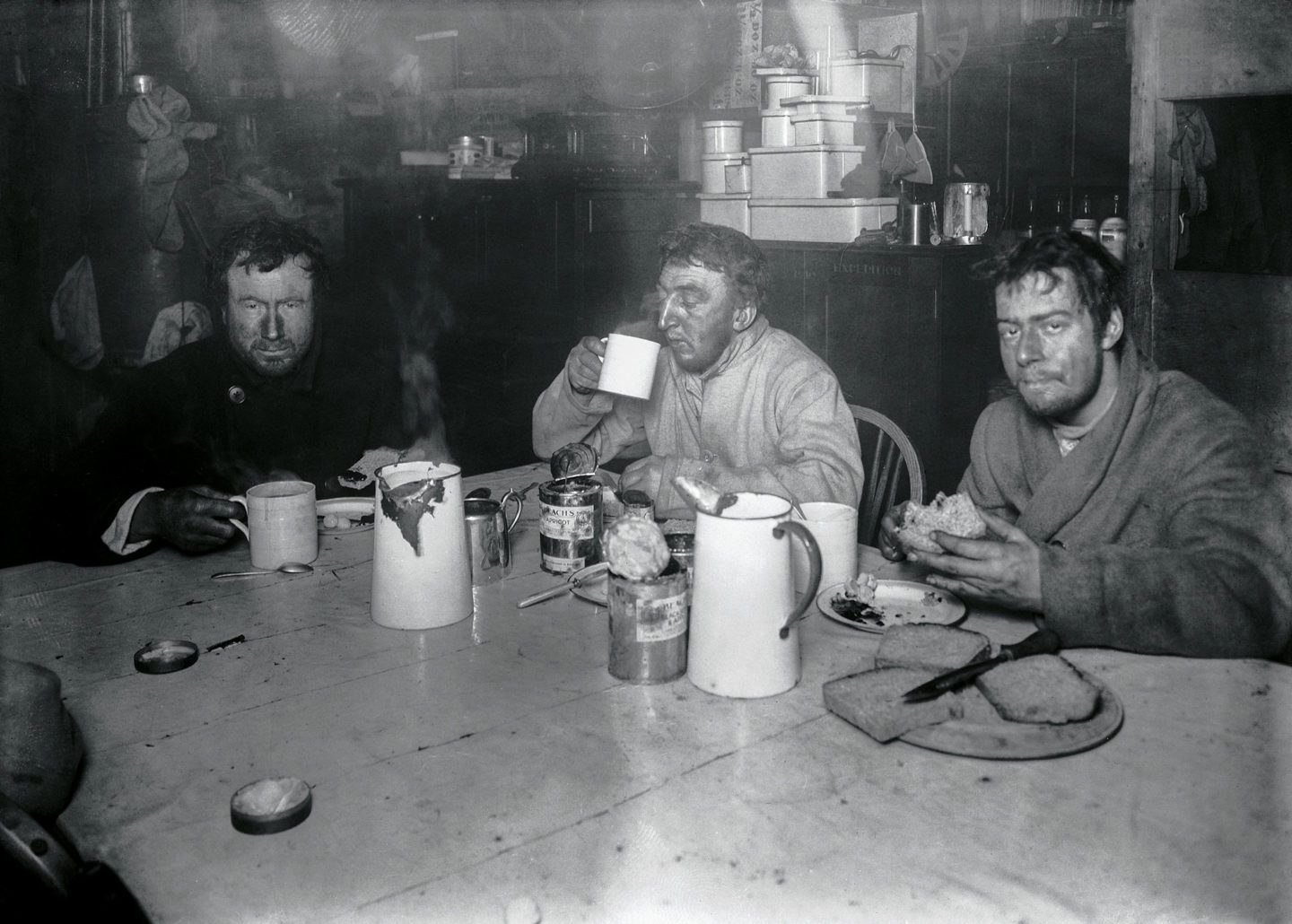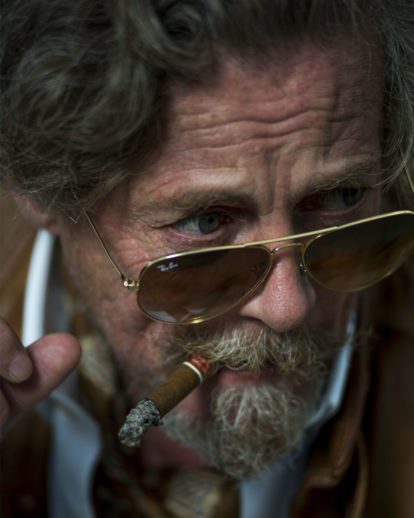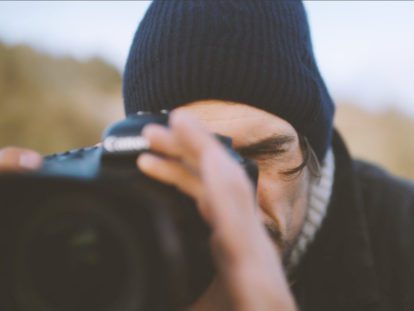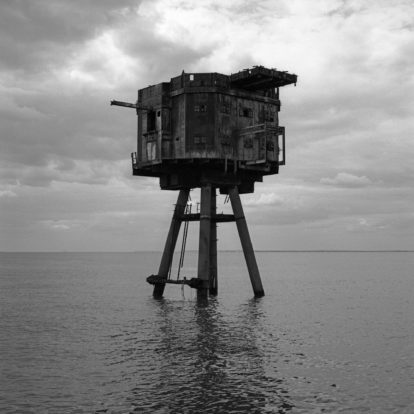This photograph was taken in a wooden hut on the coast of Ross Island, Antarctica, in August 1911. Its three subjects, Dr Edward Wilson, Lt. Henry Bowers and Apsley Cherry-Garrard, had just travelled on foot for thirty-five days through the 24-hour darkness of Antarctica’s austral winter to collect three emperor penguin eggs, for the purposes of scientific research.

Image courtesy Scott Polar Research Institute, University of Cambridge.
The stares with which Wilson and Cherry-Garrard address the lens, as Bowers gazes into his tea, are so intense that I find it hard to look at them for more than a few seconds without turning away. The three were part of Captain Scott’s Terra Nova expedition, and their journey, described by Wilson as “The weirdest bird’s-nesting expedition that has ever been or ever will be”, was made as Scott and his team overwintered in the relative safety of their hut. Tellingly, no one has ever travelled on foot in winter in Antarctica since these men sat at this table.
Seven months later, Wilson and Bowers both died with Scott on his final trek back from the South Pole, and Cherry-Garrard took a decade to bring himself to tell their tale, in his book The Worst Journey in the World. The three had navigated 130 miles in pitch-black darkness, by candlelight and the position of the stars, enduring crevasse falls and debilitating frostbite. The average temperature was -60°F (-51°C); and their thermometer dipped to -77°F (-60°C), cold enough to cause the men’s teeth to crack.
No one has ever travelled on foot in winter in Antarctica since these men sat at this table.
Halfway through the pursuit, their tent blew away in a storm. “For me it was a very bad night: a succession of shivering fits which I was quite unable to stop, and which took possession of my body for many minutes at a time until I thought my back would break. I do not believe that any man, however sick he is, has a much worse time than we had in those sleeping bags, shaking with cold.”
As someone who has led a handful of contemporary polar expeditions, I am in awe of the hardiness and stoicism of these three. And while I struggle to comprehend the severity of their suffering, I can at least relate to Cherry’s words about the sort of bonds that can be formed at the highest latitudes, half a world away from the safety of home: “In civilization men are taken at their own valuation because there are so many ways of concealment. Not so down South. These two men […] were gold, pure, shining, unalloyed. Words cannot express how good their companionship was.”










